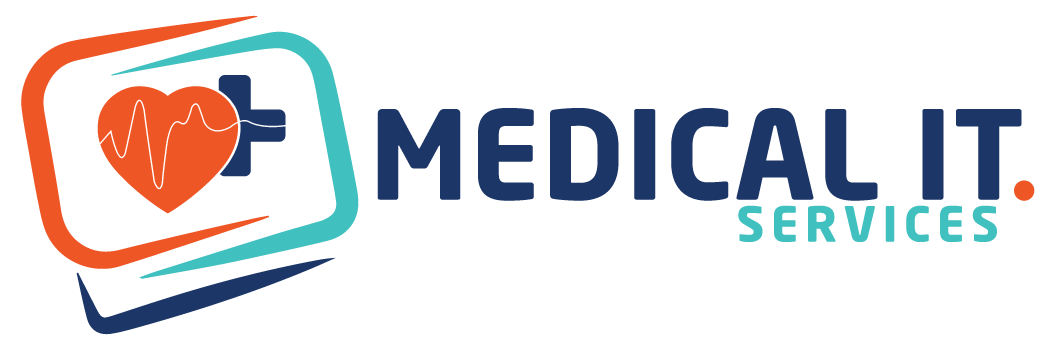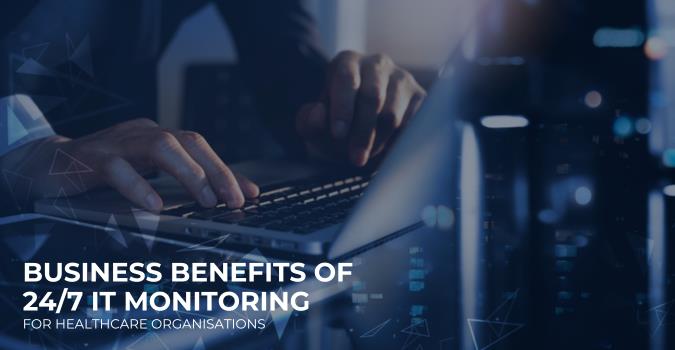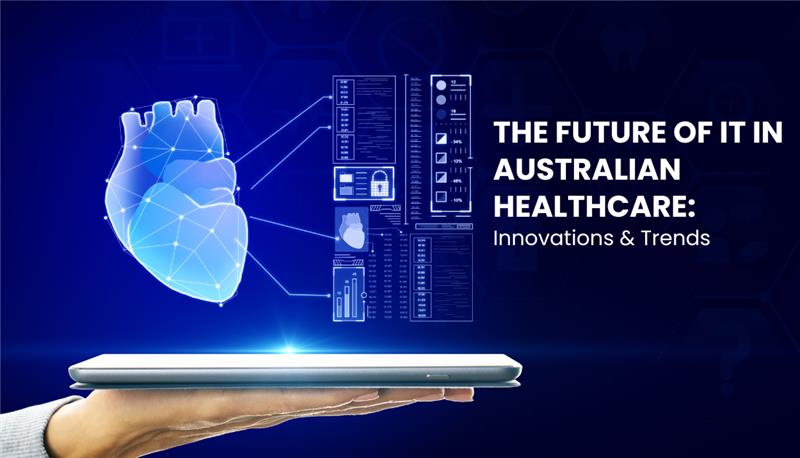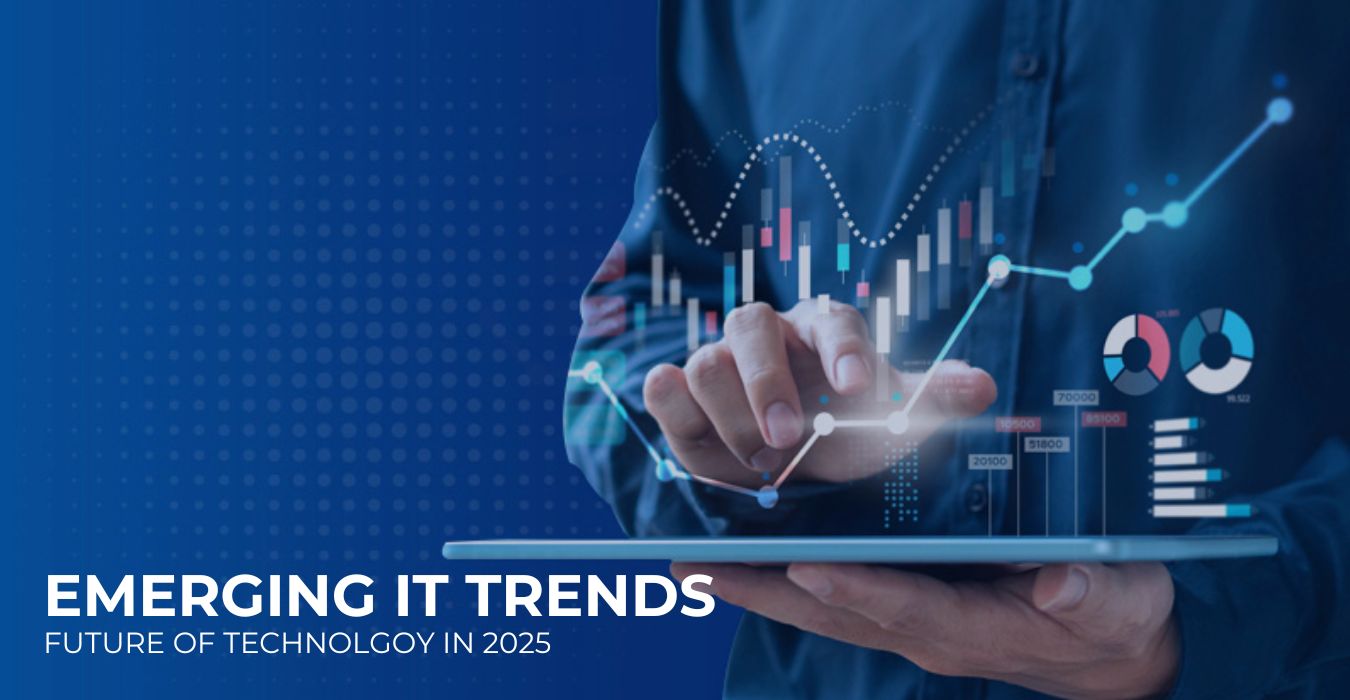Healthcare organisations rely on robust IT systems to manage patient records, facilitate telemedicine and support…
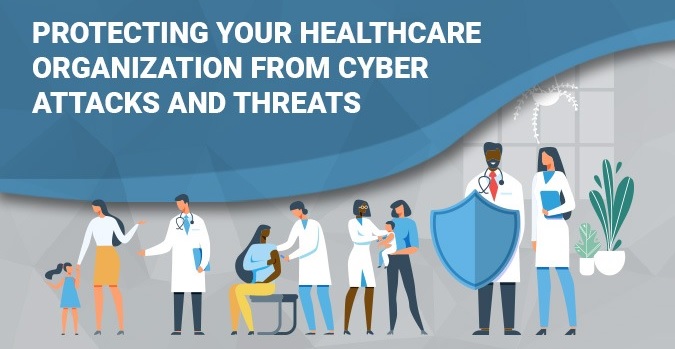
Secure Your Healthcare Data Against Cybersecurity Threats
In the last few years, the healthcare industry has become one of the ultimate targets for hackers. Cybersecurity concerns are increasing and data security is now the become number one priority for the healthcare industry in Australia.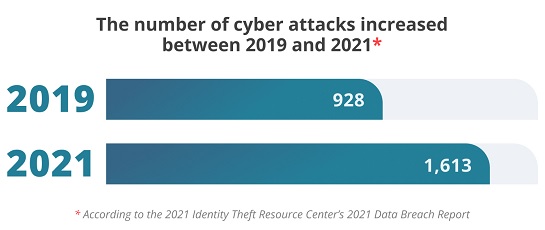
Healthcare organizations need continuous data flow to run operations smoothly and immediate access to their data to save lives. Due to the rise of ransomware threats, security issues have increased the need for cybersecurity solutions for healthcare providers. In this blog post, we will discuss what are cybersecurity best practices and how to protect your healthcare data against cyberattacks, and ransomware.
Current Cybersecurity Challenges in Healthcare
The healthcare industry has numerous unique factors that make it a fortunate environment for cyberattacks. Since the data is so valuable and healthcare practitioners have a high probability of paying ransom demands, it’s a worthwhile venture for hackers. Protecting healthcare data and IT systems from data breaches becomes difficult for different reasons including the following:
- Outdated Systems
The main cause is operating systems, computers, applications, and devices past their end-of-life data but are still in operation at hospitals. Highly secured and specialized medical apps need older operating systems or lack security features available in modern systems.
- Talent Shortage
The cybersecurity skilled professionals lack in healthcare is especially intense because the salary and benefits available are often higher in other industries.
- New Threats to Healthcare
Many healthcare organizations switched to telemedicine quickly during COVID-19 without executing policies, procedures, and standardized conditions.
- Lack of Cybersecurity Training
Medical professionals do not have role-appropriate knowledge of cybersecurity, and they were not able to recognize the phishing attacks which makes them more likely to click on phishing links. Moreover, connected medical devices assist healthcare providers with more data and advanced capabilities, but they’re not always optimized for security.
Preparing for Healthcare Data Threats
Using a systemic cybersecurity strategy to deal with potential security threats in healthcare, assuring that medical data remains safe, and available, and mitigating the data breach risk. The initial step is to deliver security training to personnel. Multiple data breaches occur due to clicking a phishing link. Don’t think that everyone in the hospital has basic cybersecurity knowledge. Place tools and training programs in place to keep everyone updated about what common cyber threats look like, tell them how to respond, and how to report the attempts to the IT professional.
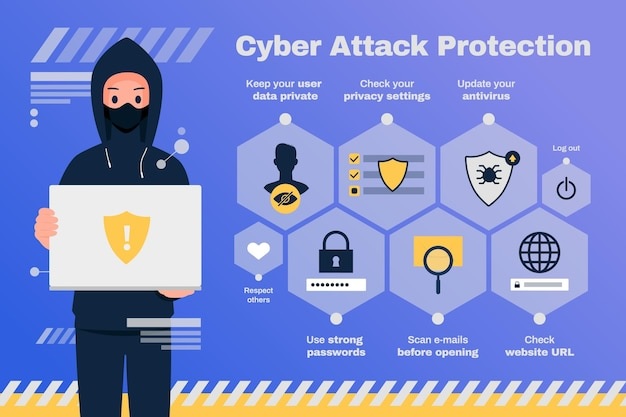
Most healthcare organizations must account for remote computers, tablets, smartphones, and other devices for dealing with patients. Operate security platforms that have proper security and management capabilities for your infrastructure, rather than ones that focus mainly on the periphery of a hospital or clinic. Performing security audits by using a cybersecurity assessment tool is the best choice to improve this area.
Healthcare organizations can also increase security by simply decreasing the number of users and systems that have access to healthcare data. Each user or role should only access the information needed for their designated role, and anyone no longer with the healthcare organization should have their account removed.
Improve Cybersecurity and Data Protection in Healthcare
With the increasing number of cybersecurity threats, it is essential to keep patient data safe without bursting IT budgets. Healthcare companies have to implement IT security solutions that are both effective and efficient. There are numerous security issues in healthcare that can be solved by following techniques:
- Get Back to Basics
Advanced healthcare cybersecurity tools are ruined in IT environments where basic blocking and tackling steps are ignored. In addition to executing detailed firewall logging, organizations must also ensure that patch management is a part of their cybersecurity plan. Password protection and access management are also essential.
- Segment Networks
Considerably the challenge of protecting patient data is merely a matter of maintaining sensitive information cordoned off from the rest of the network, making it more challenging for cyber attackers to reach it. Healthcare organizations that use network segmentation as a process use firewalls, routers, and virtual LANs to restrict access to distinct areas of their IT networks.
- Update Existing Tools
It’s not sufficient to just have cybersecurity systems in place. Healthcare organizations must maintain and keep updated with these tools after some time to ensure they have effective procedures deployed to support them.
- Assess and Train
Most data breaches that occur in the healthcare industry started with email phishing. Email security tools are very essential, healthcare providers must ensure that employees are trained to identify phishing and prevent phishing attempts.
- Secure Productivity Tools
Data Security in healthcare and productivity have not always gone hand in hand. A healthcare organization could thoroughly protect its network by connecting down on access but ruin employee productivity in the process. Conversely, a clinic could theoretically boost productivity by offering all employees unfettered access to all systems but make a veritable feeding frenzy for malicious actors.
- Integrate and Enhance
Healthcare providers have several effective, updated cybersecurity tools at their dumping, but the systems lack integration, which affects the usefulness of the tools. This is an area where third-party healthcare cybersecurity solutions can help.
Conclusion
If your organization is hit by any cyberattack, then you need an effective disaster recovery plan that required effort, money, experience, and expertise. We MedicalIT.Services, can assist your healthcare practice to stay abreast of evolving cybersecurity solutions and provide you with all the latest tools that can help strengthen your organization’s security posture and keep patient data secure.
Related Articles:
